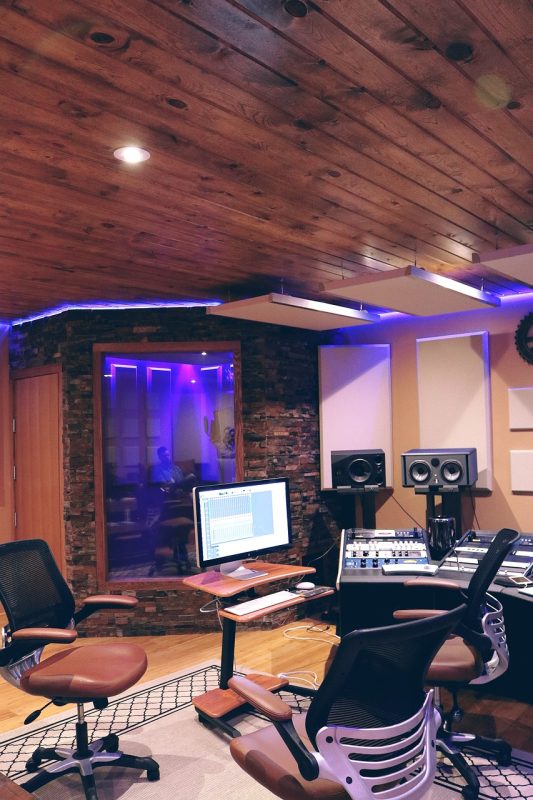Creating music is a deeply immersive and intricate process, requiring meticulous attention to detail at every stage. Among the many factors that contribute to the quality of music production, the acoustic environment plays a pivotal role. Acoustic panels have emerged as indispensable tools in shaping this environment, particularly in music studios, where sound quality is paramount. In this article, we will delve into the significance of acoustic panels and how they can transform a music studio into a sonic haven.

Understanding Acoustic Panels:
Acoustic panels are specialized materials designed to absorb and diffuse sound waves. They are strategically placed on walls, ceilings, and even floors to manipulate the way sound interacts within a space. Their primary goal is to address issues such as echoes, reverberation, and unwanted reflections, which can otherwise muddle the clarity of sound in a confined area like a music studio.
The Science Behind Acoustic Treatment:
To comprehend the impact of acoustic panels, it’s essential to grasp the science behind sound propagation. When sound waves emanate from a source, they bounce off surfaces and interact with the environment. In an untreated room, these reflections can create a chaotic soundscape, making it challenging to distinguish individual instruments and nuances in music.
Acoustic panels combat this by using materials that effectively absorb sound energy. These panels are designed to capture sound waves and convert their energy into heat, reducing the level of reflections. As a result, the decay time of sound reduces, creating a controlled and balanced acoustic environment.
Benefits for Music Studios:
Enhanced Sound Clarity: The primary advantage of incorporating acoustic panels into a music studio is the improvement in sound clarity. Musicians and producers can hear individual instruments and vocal tracks more distinctly, enabling them to make precise adjustments during recording and mixing.
Reduced Reverberation: Reverberation, though desirable in some contexts, can quickly become excessive in a music studio. Acoustic panels help manage this by curtailing prolonged reverberation times, allowing for a more controlled sonic signature.
Precise Mixing and Mastering: Inaccurate room acoustics can mislead a producer’s perception of a mix. Acoustic panels minimize discrepancies between what’s heard in the studio and how it translates to other listening environments, resulting in more accurate mixes and masters.
Minimized Outside Noise: Music studios are not immune to external noises, which can compromise the recording process. Acoustic panels act as a barrier against unwanted external sounds, preserving the integrity of the recording.
Optimized Frequency Response: Acoustic panels can be tuned to address specific frequency ranges, effectively combating resonances and nulls that might occur within a room. This optimization ensures a balanced frequency response across the audible spectrum.
Placement and Panel Types:
Strategic placement of acoustic panels is crucial for their efficacy. Panels can be classified into two main types: absorbers and diffusers. Absorbers, as the name suggests, absorb sound energy and are best placed on first reflection points—the spots where sound waves first bounce off surfaces. Diffusers, on the other hand, scatter sound waves in multiple directions, breaking up focused reflections. A combination of both types is often used for comprehensive acoustic treatment.
DIY vs. Professional Installation:
While there are numerous DIY tutorials for creating acoustic panels, professional installation is recommended for optimal results. Acoustic treatment is a specialized field that takes into account various factors, including room dimensions, materials used, and the desired acoustic goals. Professional installers possess the expertise to customize solutions that cater to the specific needs of a music studio.
Conclusion: A Sonic Transformation
Acoustic panels are more than just decorative additions to a music studio; they are transformative tools that shape the sonic landscape. By addressing issues of reverberation, echoes, and unwanted reflections, these panels elevate the quality of sound production and listening experience. Whether you’re a budding artist or a seasoned producer, investing in acoustic treatment can be the key to unlocking the true potential of your music studio. So, take the plunge, and let the walls of your studio resonate with the pure essence of sound, unhindered by acoustic imperfections.



